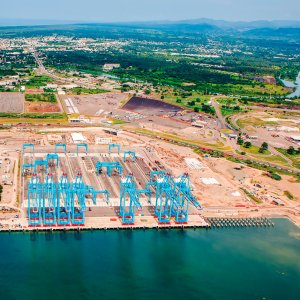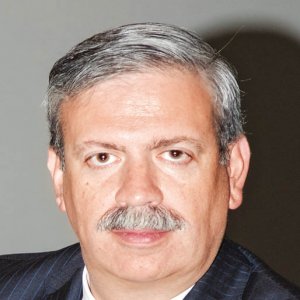Modernizing Mexico's Housing Market

STORY INLINE POST
Real estate in Mexico is moving up, not out, reversing an old government initiative that put housing developments on the outskirts of cities. Instead, developers are building vertically, putting people closer to their jobs. It is a fresh trend that can come with a high cost for potential owners. Federico Sada, CEO of INSAR, a leading housing developer in Monterrey, believes the price per square meter for apartments is much higher because there are not enough incentives from the government to build vertical housing. Nuevo Leon, for example, has the most vacant homes in the country, with more than 40,000 houses at an average price of MX$14,000/m2 (US$ 736/m2)while apartments average MX$96,000/m2 (US$5,052/m2) “The only incentive the government is currently providing is to allow vertical housing developments to change the use of land within central cities,” he says.
Around a decade ago, the government implemented a plan to build homes on the outskirts of cities and to create new projects next to them. That policy encouraged these types of housing developments and although the land may have been cheaper, the government did not have the budget to construct the basic infrastructure citizens needed. Now the move is back into cities and companies like INSAR are building to suit the tastes of potential buyers. INSAR prioritizes the needs of the people by mapping out their specific requirements. “People want short commutes, especially as Mexico’s security has become increasingly complicated in the last few years,” he says. “Families want to have schools and gyms as close as possible to their homes to reduce risk.”
These necessities have sparked many trends throughout the Mexican market, in particular the construction of mixed-use developments. In 2015, Mexico had 30.6 million people that were between the ages of 15 and 29, representing approximately 25.7 percent of the total population. “The market is in fact becoming younger but this trend is not fully developed at the moment and the culture of renting has not grown because people continue to prefer purchasing their own homes,” says Sada. To keep its prices accessible, INSAR minimizes the amount of social space apartments have, since houses normally dedicate 40-45 percent of their total square meters to social areas, which are not used as often as private areas. “To compensate for the lack of space we include amenities in the development such as meeting or party rooms, gyms and swimming pools,” he says.
The use of financial instruments, such as CKDs and Fibras, has given the real estate sector a boost in the last few years. “The advantage is that we are seeing more capital flow in the country thanks to Fibras that are pushing the development of the housing sector. On the downside, saturating the real estate market with capital can turn the market cannibalistic,” says Sada. These instruments make it more difficult to create profit margins, which increases risk for companies that depend on private capital. Sada explained that this phenomenon happens because Fibras offer low prices to construct projects, pushing all competition to match those prices, which then lowers profits.
As an alternative to Fibras, INSAR is innovating the way residential developments are funded. The company finances all of its projects with private capital through a platform called InTrust. “This platform allows us to invite those who are interested in investing with amounts from MX$500,000 (US$26,315) to MX$80 billion (US$4.2 billion) or more. Other developers prefer large capital resources that come from pension funds but INSAR found potential with investors who have an appetite for real estate projects that can offer higher rates of return than banks,” he says. The company expects to finance between 50-60 percent of its projects through InTrust and to continue paving the way for financial innovation. Apart from InTrust, the company will raise its first CKD valued at MX$3 billion (US$157 million), which will represent approximately 25 percent of the company’s portfolio.
INSAR has 13 national products with a worth of MX$6 billion (US$315 million). It also runs Insar Contigo, which seeks to raise living standards for approximately 6,000 subtracted employees through workshops and courses.






















